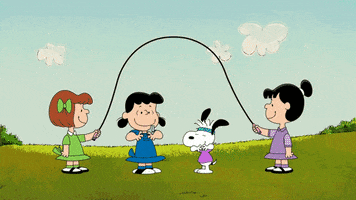Greetings fellow hyperlinkers!

Upon reflecting on this week’s material, I found one piece in particular to stay stuck in my mind. Sally Pewhariangi’s article, A Beautiful Obsession, discussed an idea that has been popping up in a lot of my recent conversations with my coworkers at my local public library system. This is the notion that the best way to keep a community engaged with the library is to become “obsessed” with providing your most valuable or engaged patrons with the best services possible as well as treating them as equal partners in library development.
Pewhariangi acknowledges that the main currency with regard to getting and keeping customers is no longer simply information, products, or services, but human attention. This notion has become very evident as the world has grown more digital, attention spans have gotten shorter, and the customer’s range of choices has multiplied beyond our comprehension. What many libraries still need to grasp however, is the fact that the best way to compete is not by rebranding or restructuring, but by getting to know the patrons.

As Pewhariangi points out, patrons do not care about these internal changes, nor do they even care if you are qualified. Their main concern is whether you are able to help them with their question or request. As a part-time library support staff member (the lowest rung of qualification in our system), my entire job is attending to our patrons and I feel as though I am observing this dissonance all the time.
The more I learn about library services and the more I learn about our community, the more I feel a fire to turn over the status quo of library work and give our patrons the quality of service that they deserve. I wish to see more community involvement with library developments and more prioritization of community needs over statistics that tell us what is best for the library. Statistics absolutely have a vital place in library work, but there is no amount of rebranding or standardization that can substitute the simple act of human connection.

Resources:
Pewhariangi, S. (2014, May). “A beautiful obsession”. Weve, 7-10. https://287.hyperlib.sjsu.edu/wp-content/uploads/2014/06/WEVE_May_2014.pdf


